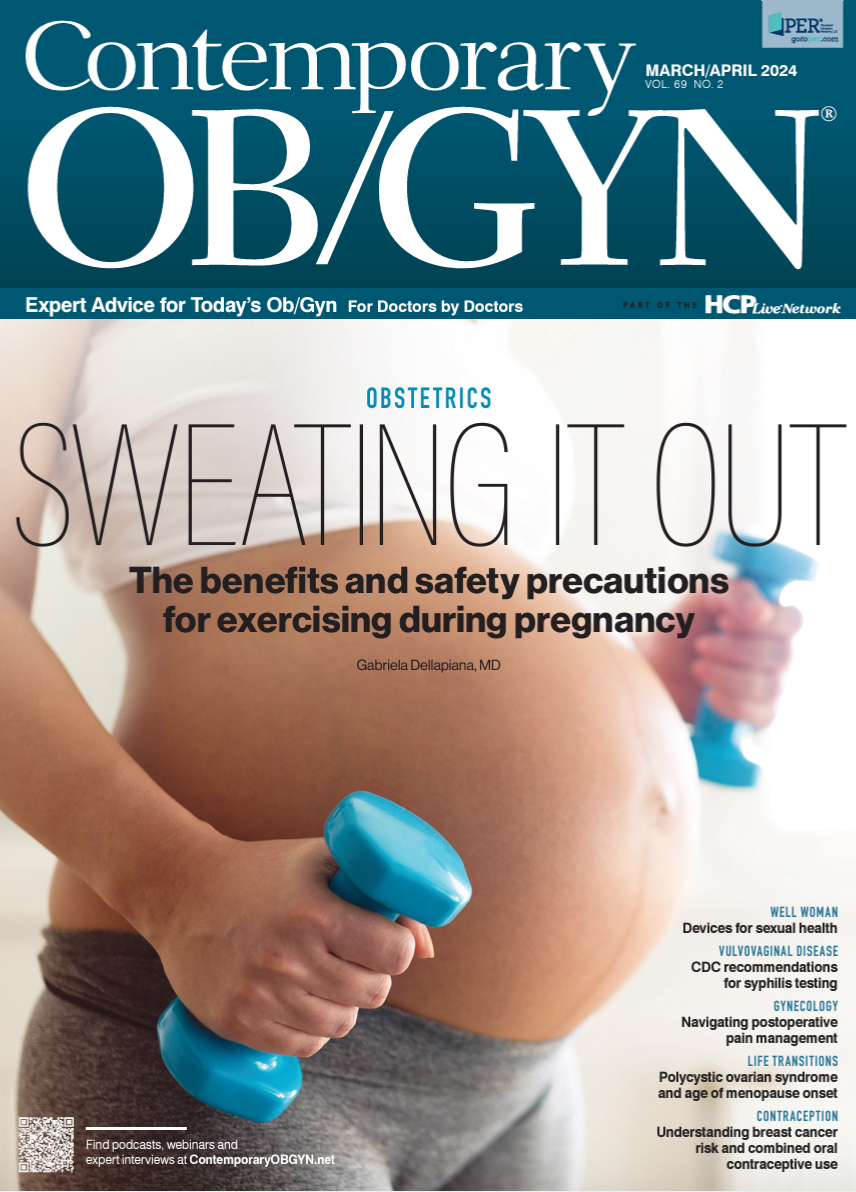Energy drink intake before pregnancy increases the risk of gestational hypertension, according to a recent study published in JAMA Network Open.
Takeaways
- The study reveals a link between energy drink intake before pregnancy and a higher risk of gestational hypertension during pregnancy.
- Energy drink sales in the United States have surged by 240% since 1987, and about 16% of college students are reported to consume these beverages. Marketing efforts often target younger consumers.
- Apart from the known risks of increased blood pressure, the study highlights concerns about mental health symptoms (anxiety, depression, and stress) associated with energy drink intake. Physical symptoms such as nausea, vomiting, and organ damage are also mentioned.
- Despite the prevalence of energy drink consumption among women of reproductive age, there is a scarcity of studies evaluating the connection between energy drink intake and adverse pregnancy outcomes.
- The study, involving participants from the Nurses’ Health Study 3 and the Growing Up Today Study, associates energy drink consumption with various adverse pregnancy outcomes, including spontaneous pregnancy loss, preterm delivery, gestational diabetes, and hypertensive disorders.
Energy drinks are used to increase energy levels, alertness, and physical performance, with a 240% increase in sales in the United States since 1987. Surveys have indicated approximately 16% of college students consume energy drinks, and marketing campaigns are often directed toward younger consumers.
Concerns have arisen over the safety of energy drinks, however, including increased systolic and diastolic blood pressure associated with intake. Mental health symptoms, such as anxiety, depression, and stress, are also associated with energy drink intake, as well as symptoms such as nausea, vomiting, hepatic and kidney damage, and death.
Women of reproductive age are a large proportion of energy drink consumers, making it vital to understand associated adverse pregnancy outcomes (APOs). However, few studies have evaluated this connection.
To determine the association between energy drink intake and APOs, investigators conducted a cohort study including data from the Nurses’ Health Study 3 (NHS3) and the Growing Up Today Study (GUTS). Participants in the GUTS included children and adolescents aged 9 to 14 years in 1996, with follow-up questionnaires administered every 1 to 3 years.
Participants of the GUTS reported energy drink intake frequency in 2011. In 2015, a follow-up questionnaire evaluated pregnancy characteristics, while a questionnaire in 2019 evaluated APOs.
The NHS3 is an ongoing internet-based study which began enrollment in 2010. Participants include registered nurses, licensed practical or vocational nurses, or nursing students born on or after January 1, 1965. Questionnaires evaluated demographic, lifestyle, occupational, and medical characteristics.
Follow-up questionnaires for the NHS3 were administered approximately every 6 months, evaluating participants’ pregnancy status. Pregnant women responded to addition questions about their pregnancy at 20- to 25-weeks’ gestation.
All participants completed a 131-item food frequency questionnaire, with energy drink intake evaluated through self-reports on how often they consumed energy drinks within the prior year. There were 9 categories measuring energy drink intake, ranging from “never or less than once per month” to “6 or more times per day.”
APOs included pregnancy loss, gestational diabetes, preeclampsia, gestational hypertension, and preterm birth. Covariates included race and ethnicity, age, smoking status, education level, total energy intake, dietary quality, and multivitamin supplement use. Shift work was also included as a covariate in the NHS3 cohort.
There were 7304 pregnancies with data on prepregnancy energy drink intake and 4559 with data on pregnancy energy drink intake. Energy drink consumption was reported in 14% of the GUTS cohort and 9% of the NHS3 cohort, with mean daily servings of 0.5 and 0.2 respectively.
Energy drink intake was associated with smoking, obesity, increased physical activity, and lower educational attainment. Of pregnancies with energy drink consumption in GUTS, 19% led to spontaneous loss, 4% preterm delivery, 4% gestational diabetes, and 7% hypertensive disorders. Thirty-one percent of pregnancies with energy drink intake included at least 1 of these APOs.
In the NHS3 cohort, 18% of pregnancies with energy drink intake led to spontaneous pregnancy loss, 4% preterm delivery, 5% gestational diabetes, 5% gestational hypertension, 3% preeclampsia, 8% any hypertensive disorders, and 33% any APO. Associations of energy drink intake and hypertensive disorders were greater among older participants.
These results indicated an association between energy drink intake and gestational hypertension. Investigators concluded caution should be exercised for energy drink consumption in reproductive-aged individuals.
Reference
Ding M, Markon AO, Jones-Dominic OE, et al. Intake of energy drinks before and during pregnancy and adverse pregnancy outcomes. JAMA Netw Open. 2023;6(11):e2344023. doi:10.1001/jamanetworkopen.2023.44023


